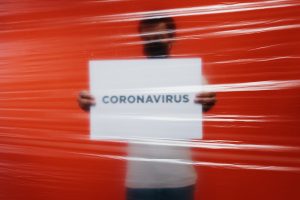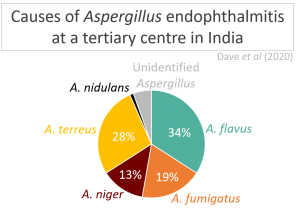Submitted by BethBradshaw on 22 March 2018
The CDC recommends that extra infection control measures for Aspergillus are needed for immunocompromised patients in hospitals when buildings works are taking place. But it isn’t easy to know exactly which measures are useful and there are no standard guidelines available.
A new study by Hiroyaso Kaya and colleagues in Japan looked back at an outbreak of invasive aspergillosis (IA) in a haematology ward, to see whether any lessons could be learned. Despite several measures being taken, three patients contracted IA via their lungs. Despite antifungal treatment, two of these infections were fatal.
One side of the control measures involves the patients themselves. Galactomannan testing among patients receiving bone marrow transplants is difficult because it is prone to false positives, as deficiencies in the bronchial and intestinal mucosal barriers can allow Aspergillus antigen to leak into the bloodstream and be cleared by the immune system without causing IA. In this study, galactomannan levels rose sharply during construction even among patients who did not develop IA. The authors suggest that a spate of such false positives seen during monthly sampling may be a sign that an outbreak is imminent.
Another control measure is to treat patients prophylactically (pre-emptively) with antifungals. In this case the patients who developed IA had been treated with antifungals (micafungin or voriconazole), showing that this approach is sensible but not infallible. The authors recommend that any haematology patient with lung nodules or unexplained fever should be urgently investigated for IA even if they are on prophylactic therapy.
The other side of the control measures involves the building works, to reduce the source of contamination. In this case, a partition with sealed windows and HEPA filtration was built between the building works and the patient areas. After the outbreak a negative-pressure unit was added, which appeared to halt the outbreak. The authors note that ceiling demolition is a particularly risky activity as it produces a lot of dust.
Read the full paper: Kaya et al (2018) Usefulness of Aspergillus Galactomannan Antigen Testing and the Prediction of an Outbreak during Hospital Reconstruction. Internal Medicine.
Read more about the CDC’s recommendation for preventing Aspergillus infections in healthcare settings.

News archives
-
Title
Date


